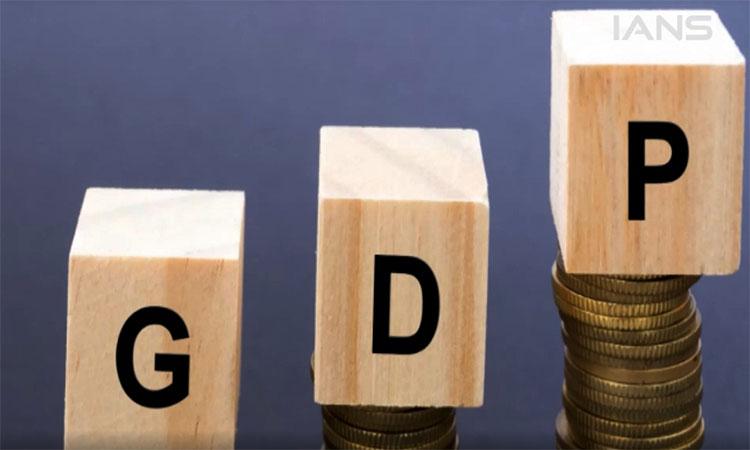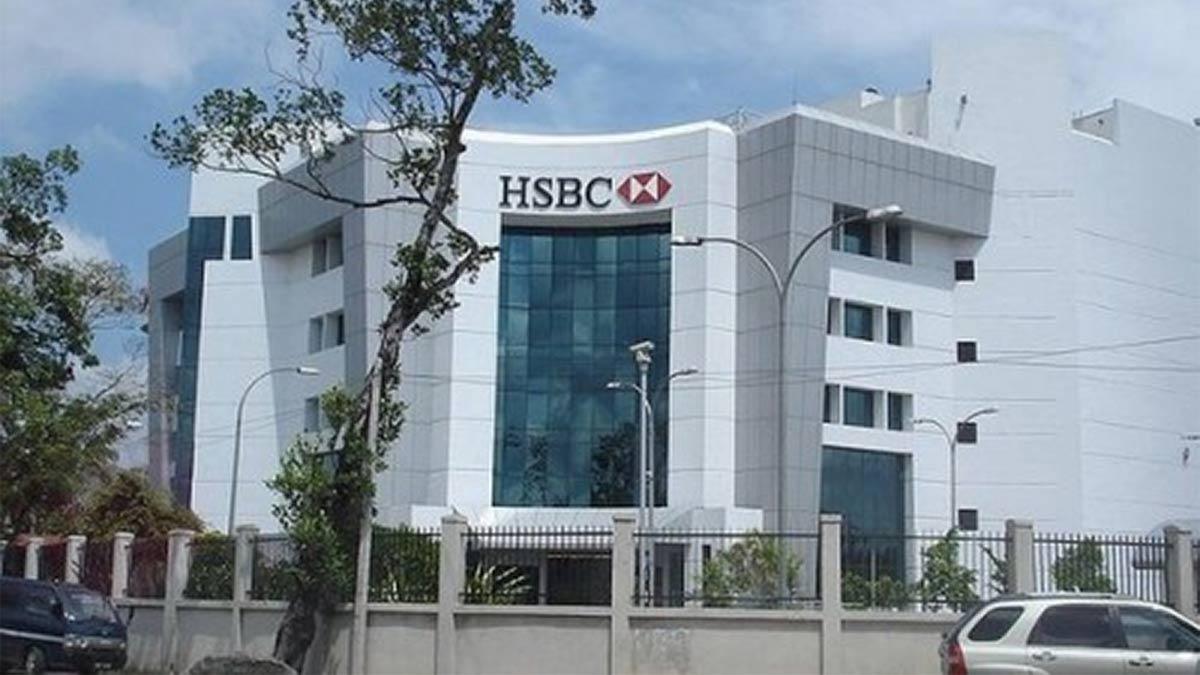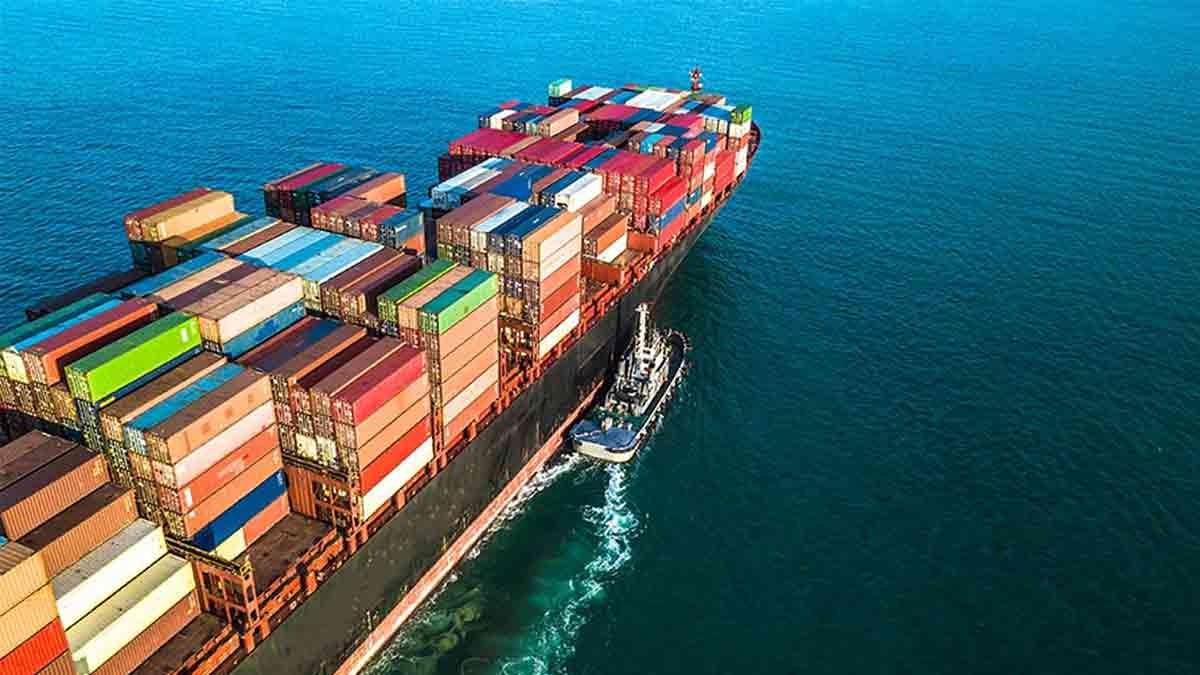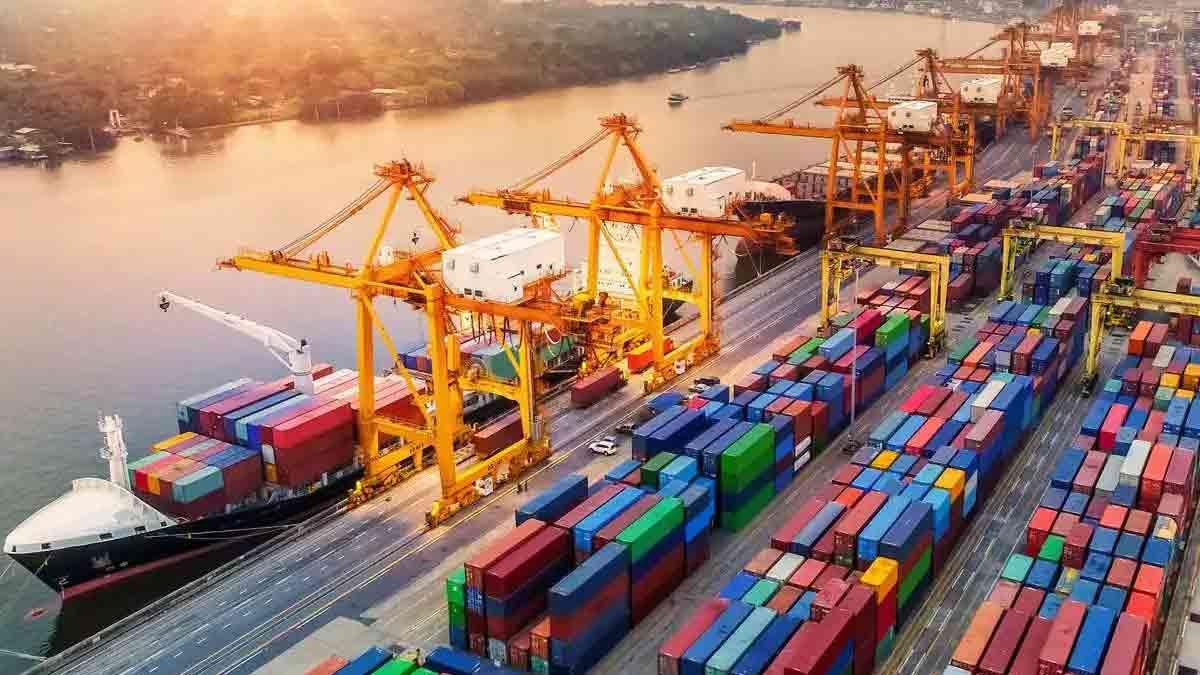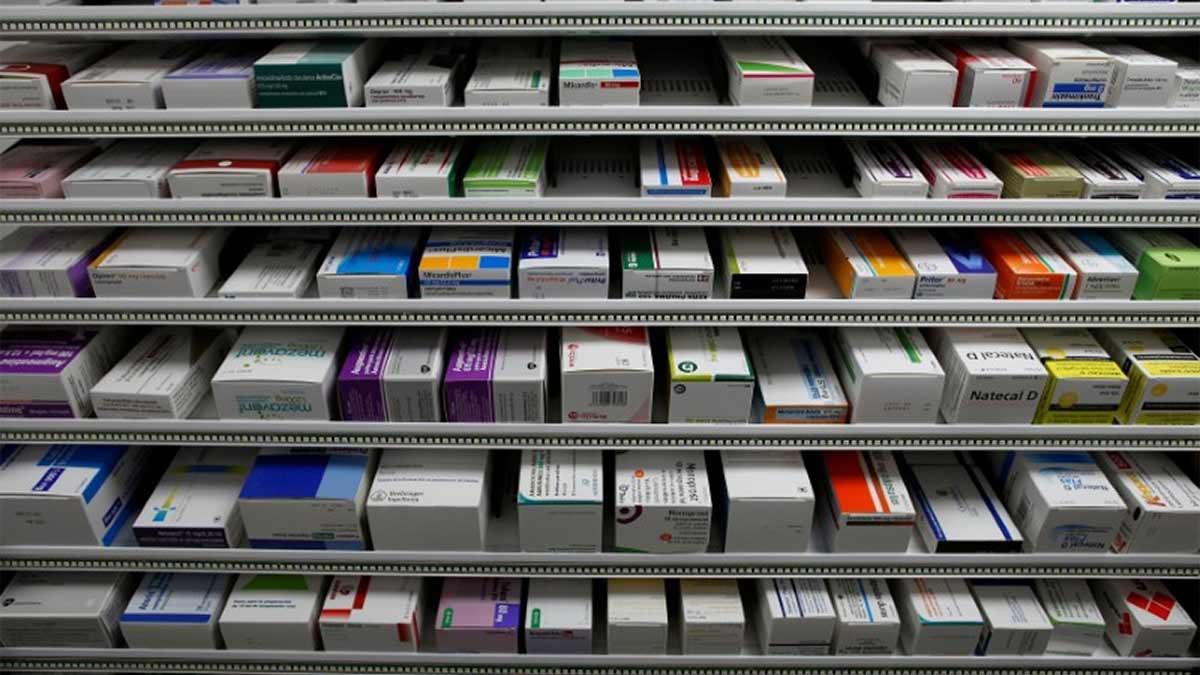India Inc. is worried over the staggering growth in illicit trade and views it as a threat to the economy and security of the country that needs to be tackled on a war footing.
A report released by the FICCI on Thursday based on data from international agencies states that the impact of India’s illicit financial flows works out to around 5 per cent of the country’s GDP.
“Trade-based money laundering in India soared to a whopping $674.9 billion for the 10-year period from 2009 to 2018 which reflects the magnitude of illicit trade that has emerged as a major threat to the country’s economy and security,” the report said.
"Based on UNDOC estimates, when the Indian economy surpassed the $3 trillion mark in 2021, the quantum of money laundering in India can be estimated at $159 billion which is around 5 per cent of GDP. This accentuates the magnitude of the problem driven by the rise in illicit markets (trade, illegal drugs, arms etc.) and non-market actors."
It cites recent data provided by the Directorate of Revenue Intelligence (DRI) to illustrate India’s substantial trade gap due to mis-invoicing and highlights the growing illicit trade.
Smuggling in India report 2021-22 identified 437 instances of duty evasion totalling Rs 3,924 crore, which was a 40 per cent jump from the corresponding figure of Rs 2,810 crore in 2020-21.
Currently India’s illicit trade gap as estimated by Global Financial Integrity (GFI) is 20 per cent, which will translate into nearly $300 billion when the country’s economy reaches the 5 trillion-dollar mark.
FICCI has flagged this as a major concern as its study shows that illicit trade is directly linked with organized crime and terrorism. The study also cites the examples of various countries worldwide in this regard.
“The convergence of trade-based money laundering with terrorism raises significant concerns for our national security," the report observes.
Counterfeiting and illicit goods in India pose significant risks, including financial risks, public health threats in the case of fake pharma products and intellectual property issues as well, the report points out.
The Global Organised Crime Index (2021) shows low prevalence of organised crime actors, in India but the criminal network has significant influence, with a score of 6 which is higher than the average score of 5 for 122 countries.
The illegal economy in India has an overall score of 6.3 which is also higher than the average score of 5 for 122 countries. This indicates that various criminal markets have a significant impact on the overall economic structure of India, the report observes.
India’s arms trafficking score of 5.5 is higher than the international benchmark of 5.2 reflecting a complex security issue. The report also cites the Operation Dhvast case in which the NIA busted a terrorist-gangster-drugs-arms nexus in coordination with Punjab and Haryana police and arms seizures made in 8 states, to back its argument.
The report also points out that India’s strategic location near major drug-producing regions has led to a more prevalent illicit drug trade which has shown a sharp increase in recent years.
The FICCI study suggests 6Cs as a policy recommendation and way forward to tackle the problem.
*Cognisance of terrorism and organized crime under a regulatory framework.
*Continuous and critical evaluation of illicit financial flows.
*Central nodal agency for greater coordination
*Creating awareness and changing consumer preferences
*Combating trade-based money laundering
*Cooperation and coordination at international level
ALSO READ | X will be profitable in 2024 as advertisers return: CEO Linda Yaccarino
ALSO READ | Government to sell 50-year bonds for first time

